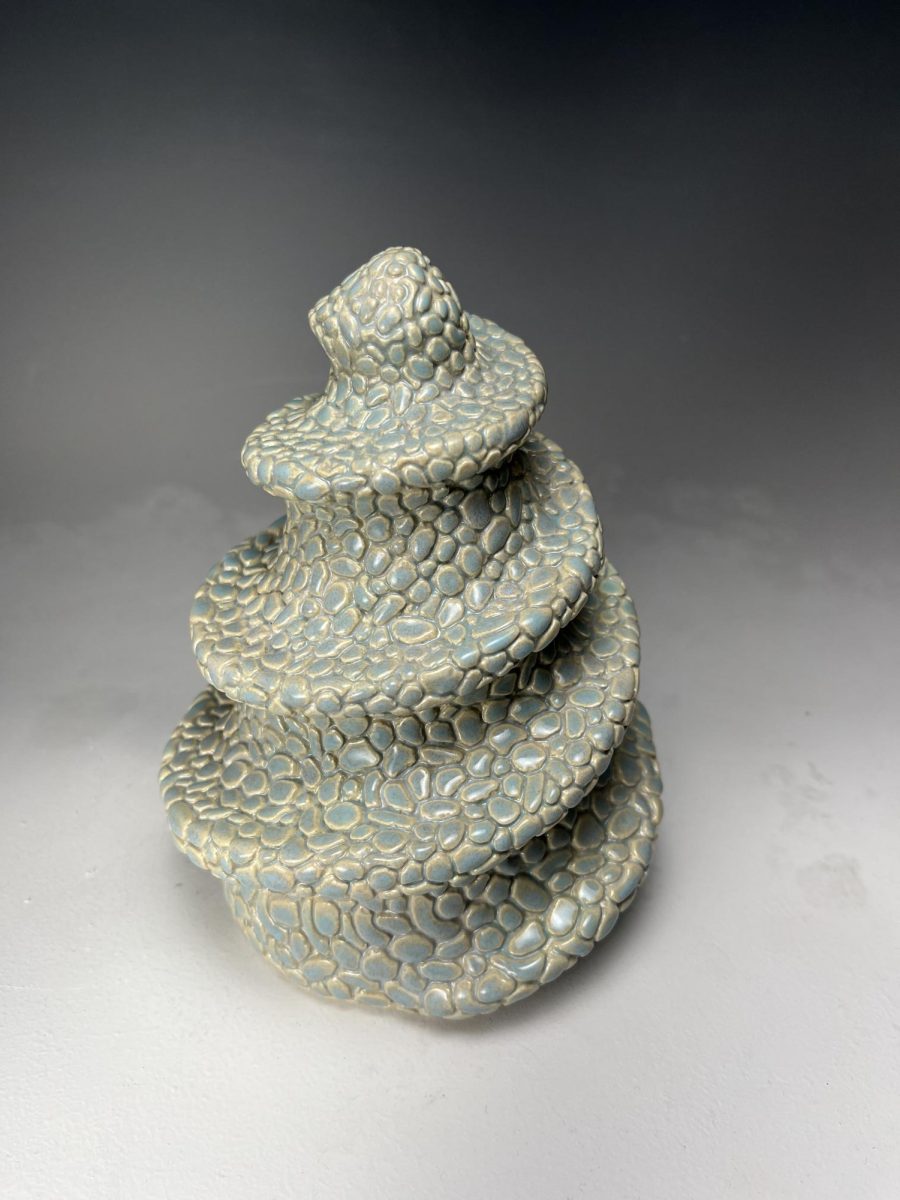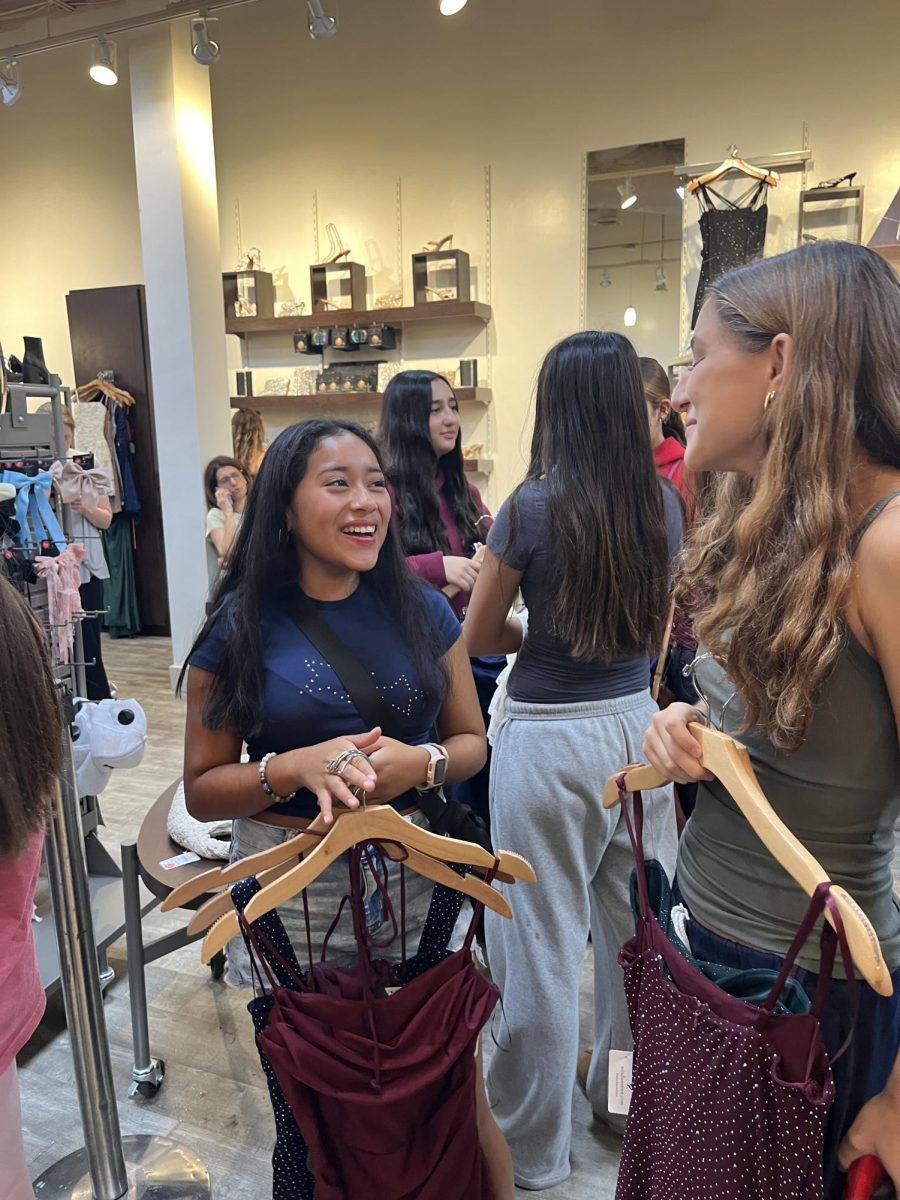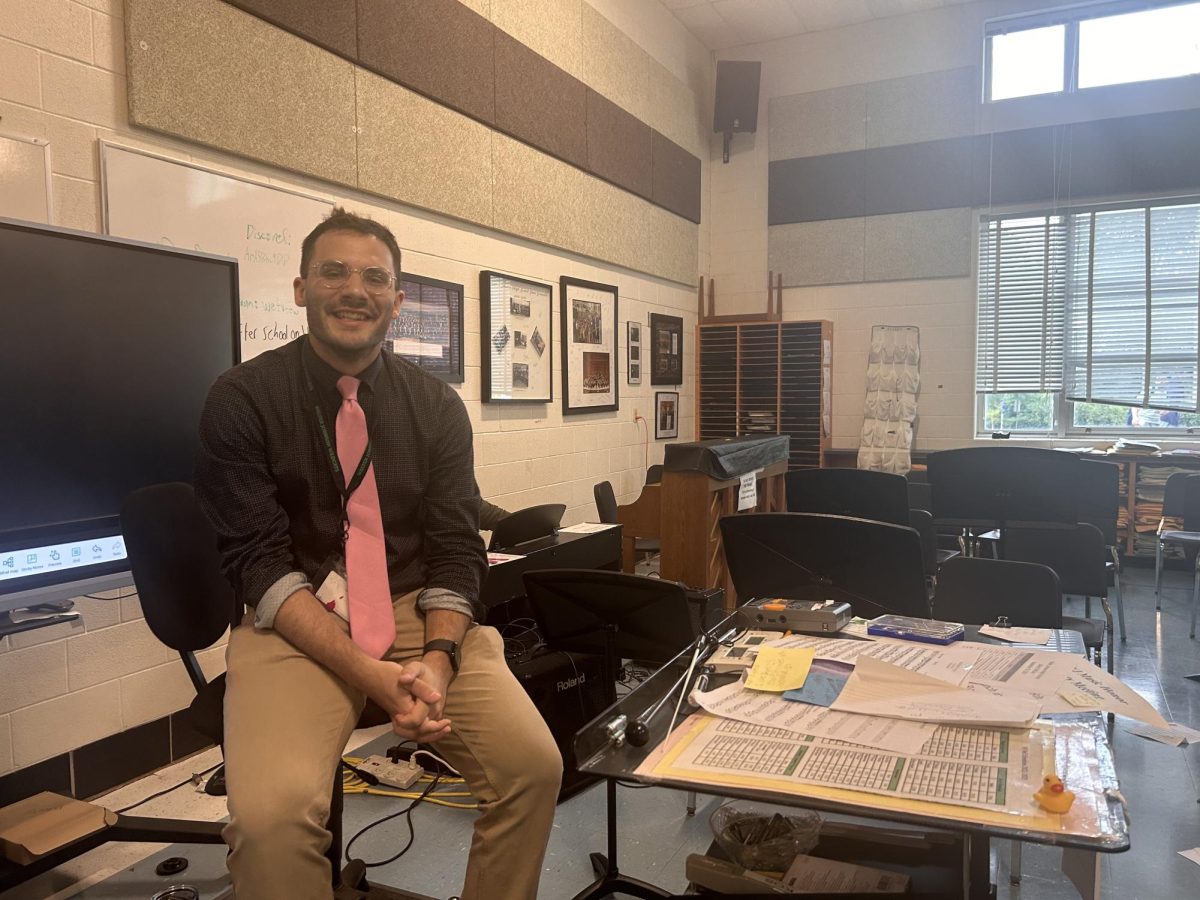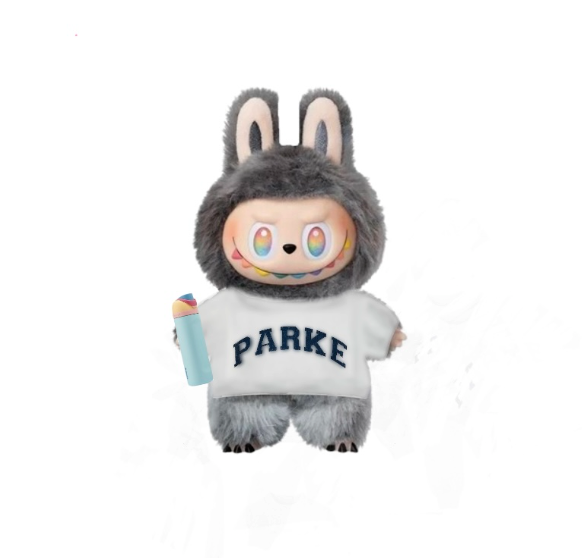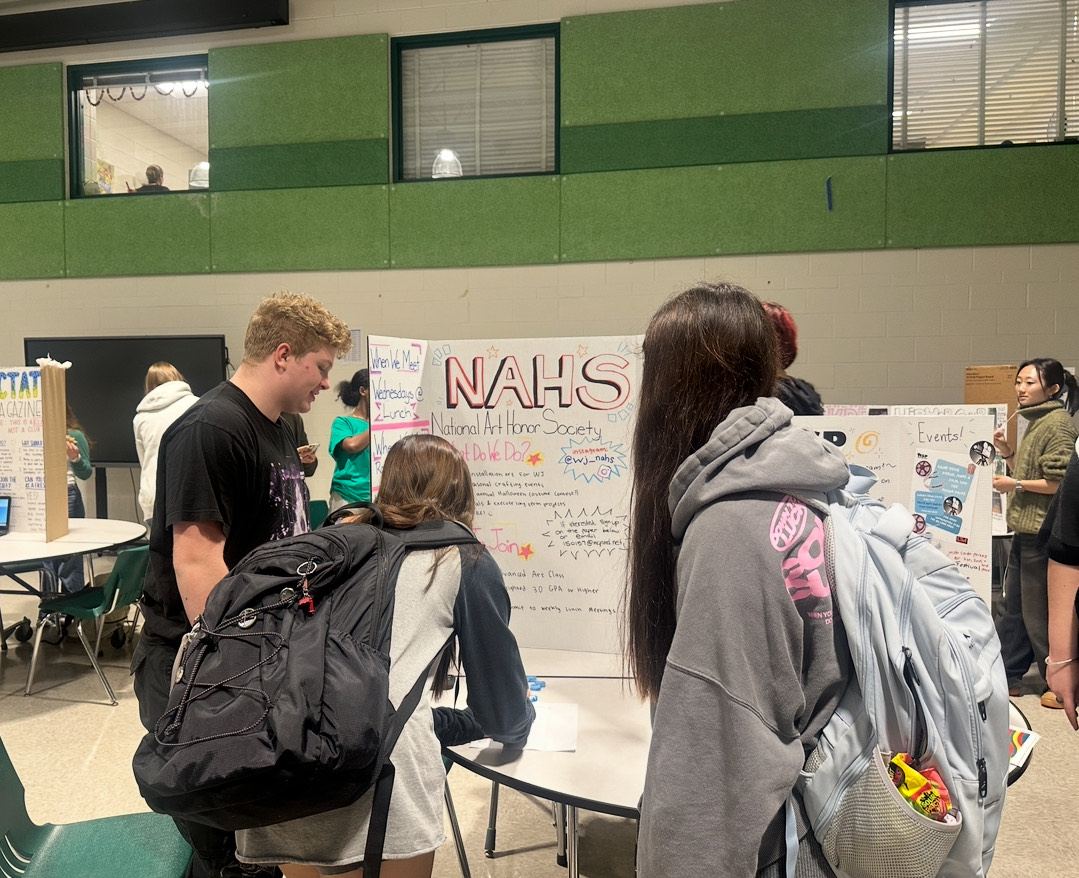With the countless Advanced Placement (AP) courses WJ has to offer, some get lost in the course bulletin; one of those courses is AP three-dimensional art and design. It is a high-level course that allows students to take ceramics to the next level while also offering the option to make anything three-dimensional. Students need at least 15 pieces for their portfolio and they work all year to complete it. Not all their pieces have to be fully finished; they can use process photos, but each student should have, at a minimum, 10 fully completed pieces ready by the day of the exam.
“There’s two parts: the sustained investigation where you have 15 images of an idea, some type of concept that you have to investigate throughout the entire year,” ceramics teacher Stephanie Ellis said. “And some of those can be process photos but you have to have at least 10 pieces done. And then the second part of it is selected work which are your five best pieces, showing your range.”
On average, students taking this course make one piece every two and a half to three weeks to make sure they have all their pieces ready on time. The class is also a double period, which gives them the much-needed extra time to get their pieces clean and consistent.
“My favorite part is honestly having it for two periods because it allows me to actually get a lot done,” senior Valeria Lopez Lamia said. “And then once I’m able to progress and get work done, I feel accomplished when I see my finished product.”
Craftsmanship is a big factor in whether or not the piece is worthy of being in the portfolio. Not every piece the students make is eligible to be a part of their portfolio, which only adds to the time lost in working towards getting their pieces done for the exam. This leads to many students taking this course to realize that time management and completing all their pieces on time is the most difficult part.
“I think getting everything done [is the most challenging part],” senior Hannah Spellman said.
“It’s kinda crunch time because you have to get it done in time to fire everything before AP season and even with the double period, it is a lot of work so I think getting through them is the hardest part.”
The submission for the exam consists of photographs that the students take of their pieces with a short writing on the process and the content of each piece. Ellis has a photography setup in a closet in her room that helps to create professional photos to get submitted to the AP College Board. Different from other AP exams that have a set date, AP three-dimensional art and design allows students to submit their pieces any time before the deadline. They must have all their photographs and written portions submitted before the actual “date of the exam.”
Those who have previously taken the class or are currently taking it would recommend it to students who have a passion for art and sculpture. This course offers a different creative outlook that expands beyond two-dimensional art.
“We didn’t have to follow the same guidelines,” 2023 graduate Cate Areas said. “It could have been seen as more complicated because we had to run everything by Mrs. Ellis first before actually starting a project and we got rejected a lot. But it was more creative freedom.”


